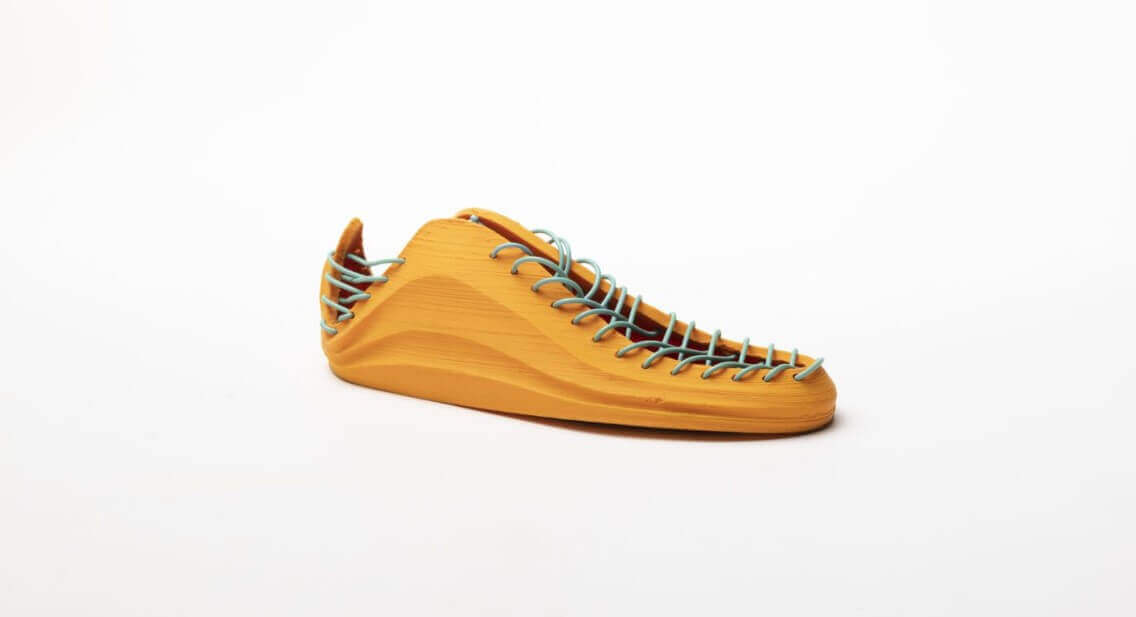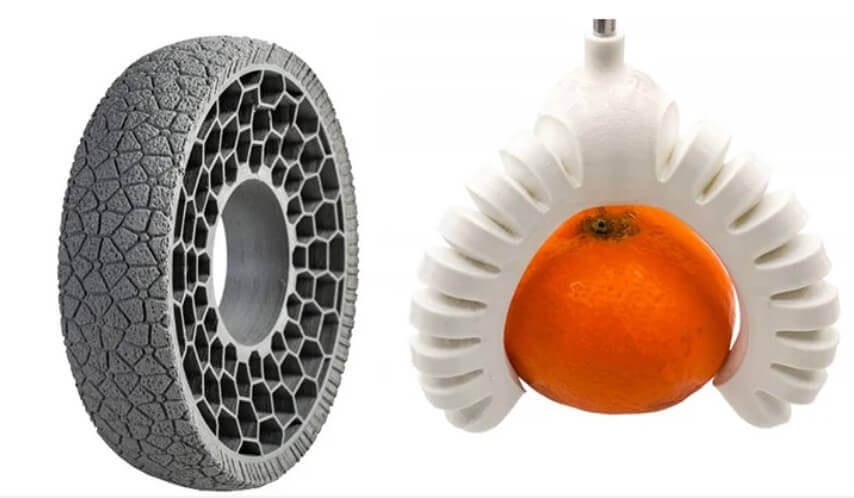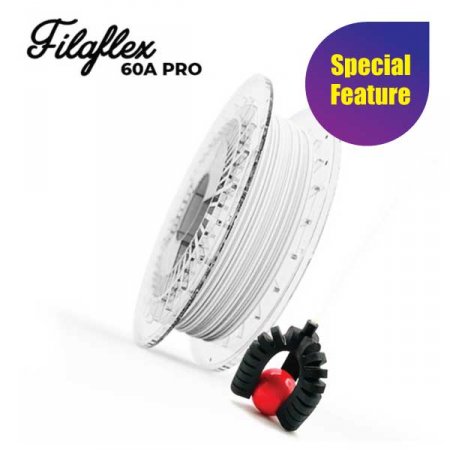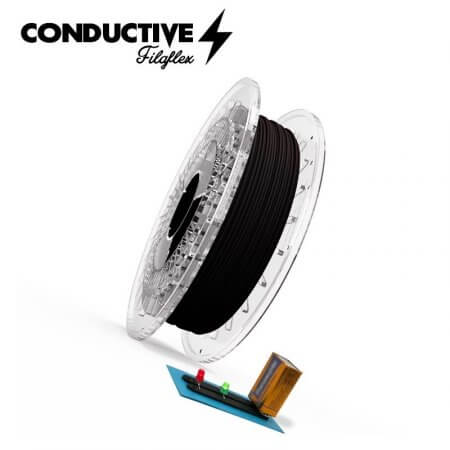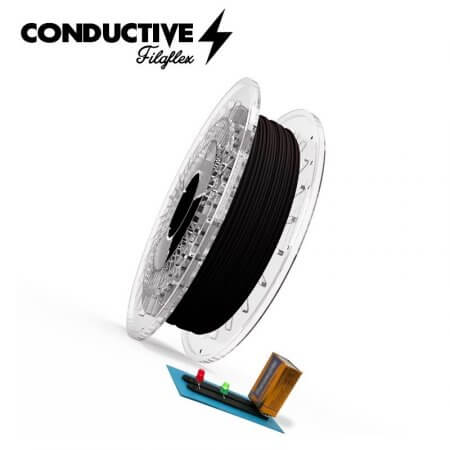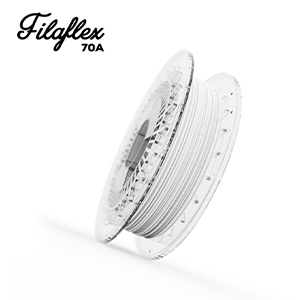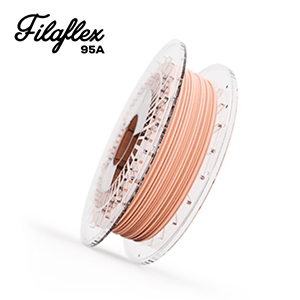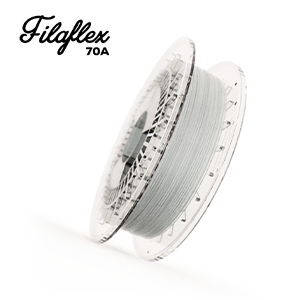Recreus Flexible Filaments
Recreus is a Spanish company that has gained recognition in the field of 3D printing, Recreus is known for its specialized filament, known as Filaflex, which stands out for its elasticity and flexibility. Filaflex is a thermoplastic elastomer (TPE) filament that enables users to create flexible and elastic 3D-printed objects. This filament has found applications in various industries, including fashion, robotics, and healthcare, where flexibility and elasticity are crucial.
The company’s commitment to pushing the boundaries of 3D printing materials has contributed to its reputation as an innovative player in the industry. Filaflex, available in different colors, has opened up new possibilities for designers and engineers seeking to add a level of flexibility to their printed creations.
Recreus Filaflex Product Features
 |
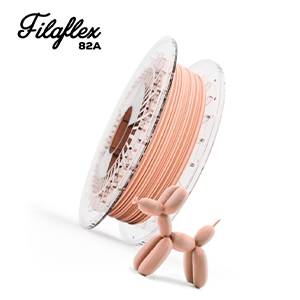 |
Filaflex, developed by Recreus, stands out as a highly innovative and specialized filament renowned for its exceptional flexibility and elasticity. This thermoplastic elastomer (TPE) filament enables the creation of 3D-printed objects with rubber-like properties, bending, stretching, and flexing as needed. Filaflex grants users the versatility to design objects with diverse degrees of flexibility, fostering creativity in 3D printing projects. Known for its high quality and precision manufacturing, Filaflex ensures consistent performance across a spectrum of applications. Its compatibility with a wide range of 3D printers enhances accessibility for users, seamlessly integrating into existing setups.
Filaflex finds applications across industries, from fashion and robotics to healthcare, showcasing its adaptability in creating flexible wearables, soft robotics, and elastic prototypes.
Recreus Filaflex Application in Design
Filaflex, the innovative filament developed by Recreus, has revolutionized the landscape of design with its unique properties, particularly its exceptional flexibility and elasticity. Design professionals across various industries have embraced Filaflex for its ability to introduce a new dimension of creativity and functionality to their projects.
One significant application of Filaflex in design is the creation of flexible prototypes. Designers can now produce prototypes that exhibits a level of flexibility crucial for testing ergonomics and functionality. This is particularly valuable in industries such as product design and industrial design where tactile and flexible prototypes are essential.
In the field of fashion design, Filaflex has become a game-changer. Designers can craft flexible wearables, shoes, and apparel that seamlessly blend aesthetic appeal with comfort and practicality. The filament’s elastic nature allows for the production of customized and form-fitting designs that conform to the wearer’s movements.
The versatility of Filaflex also finds applications in the creation of soft robotics components. Designers can now engineer robots with flexible and adaptable parts, opening up possibilities for applications in healthcare, automation, and other industries where traditional rigid robotics may be limiting.
Beyond these applications, Filaflex has been employed in the design of intricate and artistic pieces. Its unique properties allow designers to experiment with forms that were previously challenging to achieve with traditional rigid materials. The filament’s compatibility with various diameters and colors enhances the aesthetic possibilities, enabling designers to create visually stunning and functionally innovative pieces.
In summary, Filaflex’s applications in design are diverse and expansive. From flexible prototypes and wearables to soft robotics and artistic creations, Filaflex has become an indispensable tool for designers seeking to push the boundaries of what is achievable with 3D printing materials. Its impact on the design industry lies not only in its technical capabilities but also in its ability to inspire new forms of expression and functionality.
Recreus Filaflex Application in Engineering
Filaflex, developed by Recreus, has emerged as a transformative material in the field of engineering, offering a range of applications that leverage its unique flexibility and elasticity. Engineers have embraced Filaflex for its ability to address specific challenges and open new possibilities in various engineering domains.
One prominent application of Filaflex in engineering is the prototyping of functional and flexible components. Engineers can create prototypes with that demand a certain level of flexibility, such as gaskets, seals, and flexible connectors. This is particularly valuable in industries where traditional rigid 3D printing materials may not adequately replicate real-world conditions.
In mechanical engineering, Filaflex has found use in producing flexible and resilient parts for machinery and equipment. Its elastic properties allow for the creation of components that can absorb shocks, vibrations, and deformations, contributing to enhanced durability and performance in dynamic systems.
Filaflex has also made a significant impact in robotics engineering. Engineers can utilize the filament to manufacture soft robotic components, enabling the creation of robots with more natural movements and adaptable structures. This is particularly advantageous in applications where interaction with the environment or human interaction requires a level of flexibility and compliance.
As engineers continue to explore innovative solutions, Filaflex has become a versatile material for prototyping and designing components that require a combination of strength, flexibility, and customization. Its applications in engineering underscore its potential to redefine manufacturing processes and enhance the performance of engineered systems across diverse industries.
Recreus Related Product
- Display 15 Products per page


